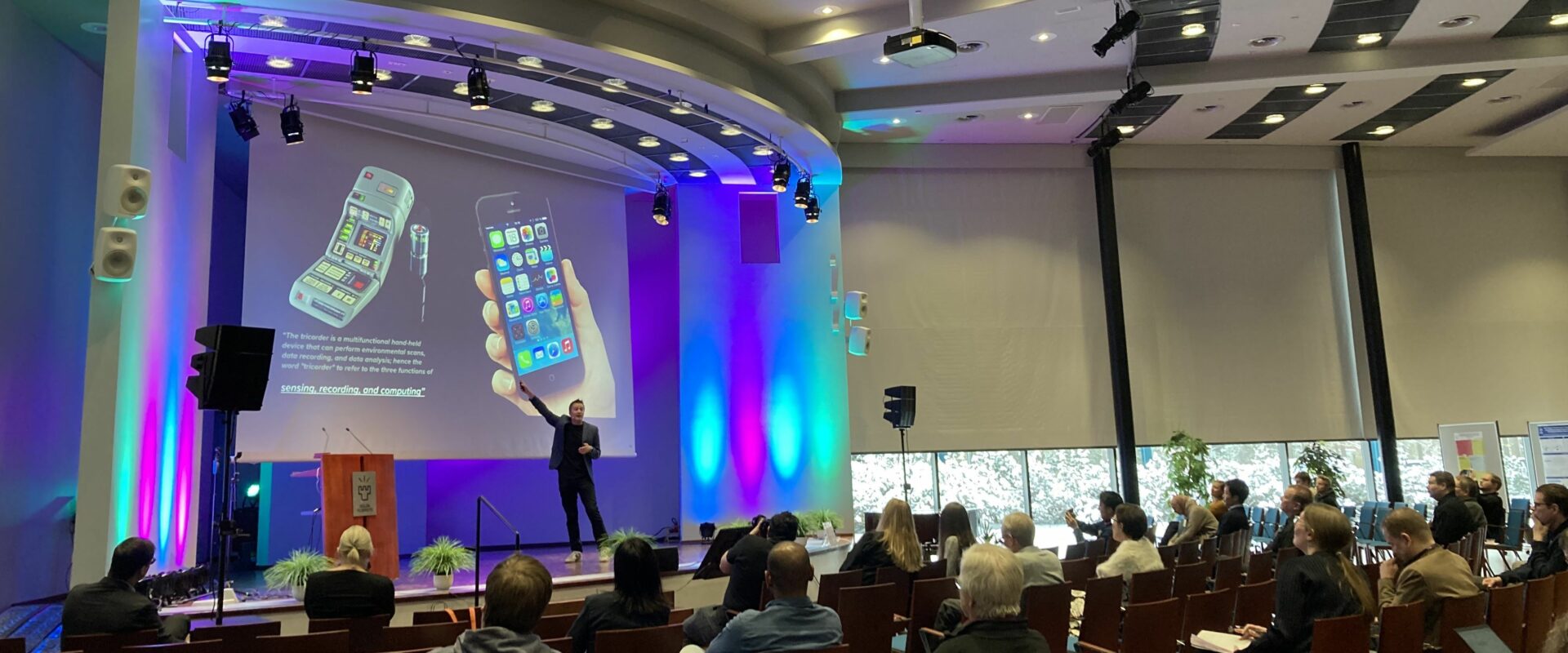🇫🇮 Arctic AI days
Press release from ICT Oulu

On 31 October and 1 November, the Arctic AI days took place at Oulu University. These two days were filled with intriguing AI-related presentations and excellent discussions, so I picked the most interesting ones to describe here.
One of the first talks was from professor Catholijn Jonker from the Delft University of Technology and the Leiden University in the Netherlands. She explained that we should focus more on hybrid intelligence; AI combined with actual humans. There are many things that are overlooked by AI, and many things that are overlooked by humans. However, if they collaborate and learn from each other, they can overcome many obstacles like a biased AI, and become a team. Another very important point she had was that each outcome of an AI-made decision should be traceable all the way back to at least one human. We should not give AI 100% responsibility, but rather focus on interdependency.
Another fascinating talk came from Timo Aila from NVIDIA, on the development of AI generating images based on prompts. In very simple terms, you’d start with an image and add noise to it. In the end it’s a blur and not recognizable as anything but a cloud of random pixels. This noise is normally distributed, so they managed to find a way to reverse this process, and in that way create new images based on an example database. Editing these pictures is still hard, but this will surely be possible in the near future.
Last but not least was Steven LaValle’s talk on robot brains, and on how big they should be. Or, in other words: how much information should it store? If a robot navigates a room, it doesn’t need a 100% accurately rendered 3D-map of the place, but it does need more than nothing. It needs to know where the gaps are that it can go through, though surprisingly, it doesn’t necessarily need to know any distances. Even with only “gap-sensing” sensors, a robot is quite capable of navigating even complex mazes, as long as it can use its sensors at 360°, either through overlap or through turning around its axis.
All in all, the Arctic AI days were filled with high-quality content and very knowledgeable speakers. It was great to be able to attend, and it was very educational.
Text by Arjane Kerkhoven
Originally published on 10 November by ICT Oulu.
Announcements are published as a service to readers. The sender is responsible for all content.
Announcements for publication can be submitted to pr***********@ar**************.com.